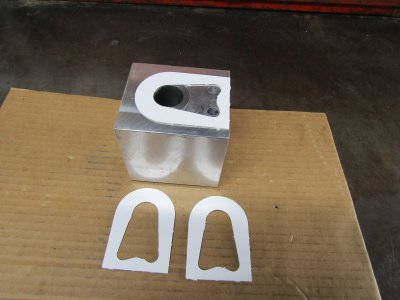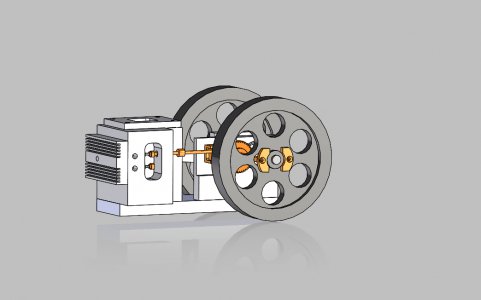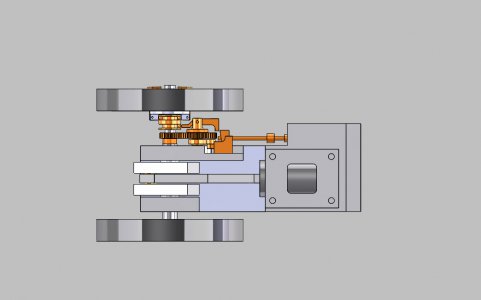After the success I had with the white gas in the other hit miss engine I built I have decided to build a flat head hit miss engine similar to the one that Ray built a while ago. I looked thru the different hit miss engine builds that Ray did and I liked the flat head design. The valves are not sticking out the top of the head and you do not need a rocker arm and rocker arm mount for the exhaust valve. Below are the design specifications.
1" bore
1.5" throw
Ball Bearings to support the crank shaft
6:1 compression ratio
6" diameter flywheels
David Kerzel style governor (like I used for my previous motor)
Unlike Ray I need to do the design and drawings first then start machining. Once I get the layout done I will post some photos of the layout. I will be doing the design in SolidWorks that I have for work.
Ray, if you see something in the design specs that you think will cause problems feel free to let me know. I am a novice at the engine design.
Thanks
Roger L
1" bore
1.5" throw
Ball Bearings to support the crank shaft
6:1 compression ratio
6" diameter flywheels
David Kerzel style governor (like I used for my previous motor)
Unlike Ray I need to do the design and drawings first then start machining. Once I get the layout done I will post some photos of the layout. I will be doing the design in SolidWorks that I have for work.
Ray, if you see something in the design specs that you think will cause problems feel free to let me know. I am a novice at the engine design.
Thanks
Roger L





